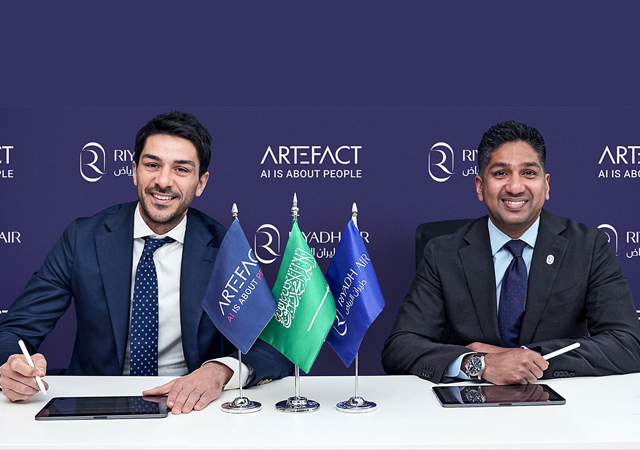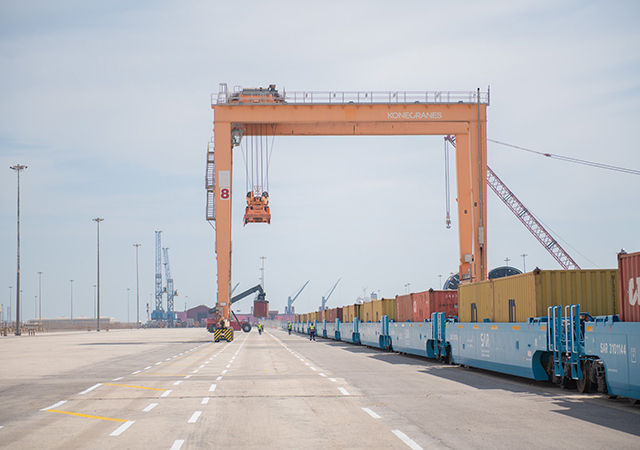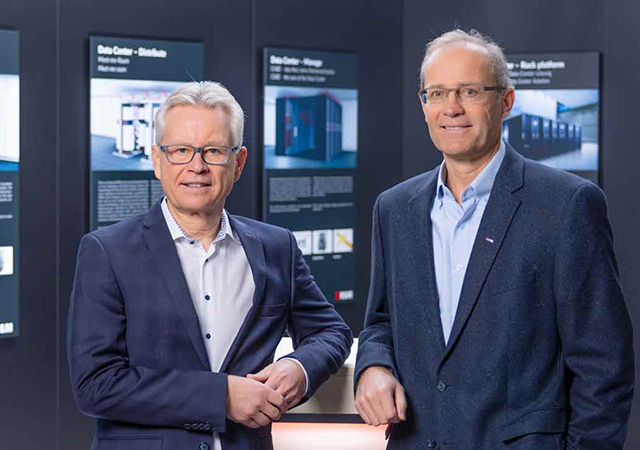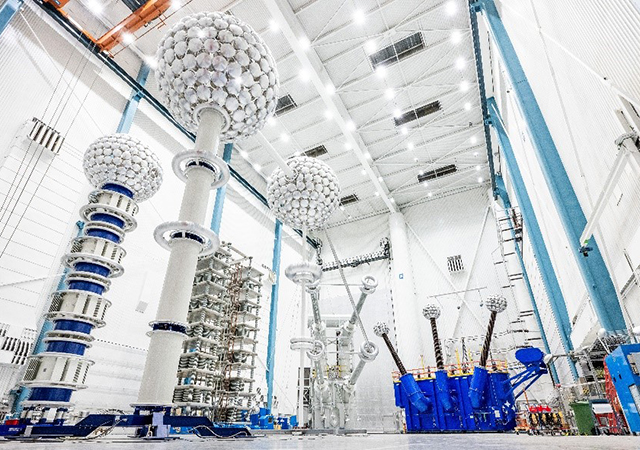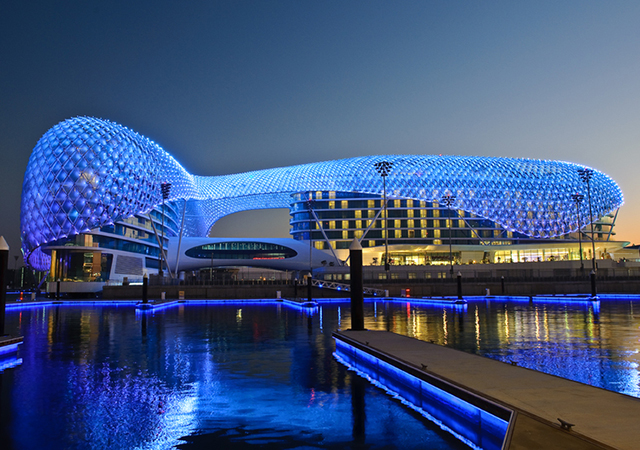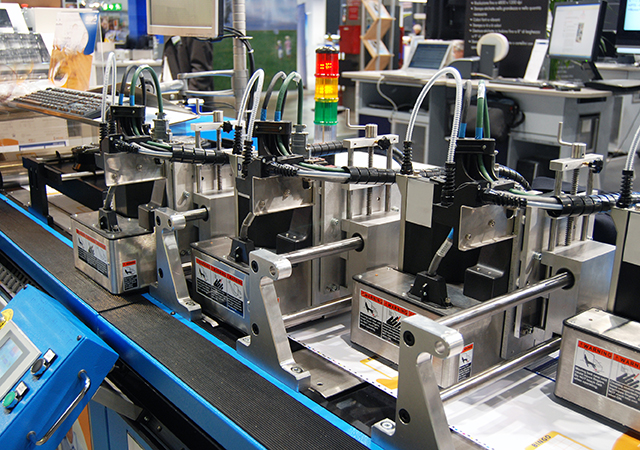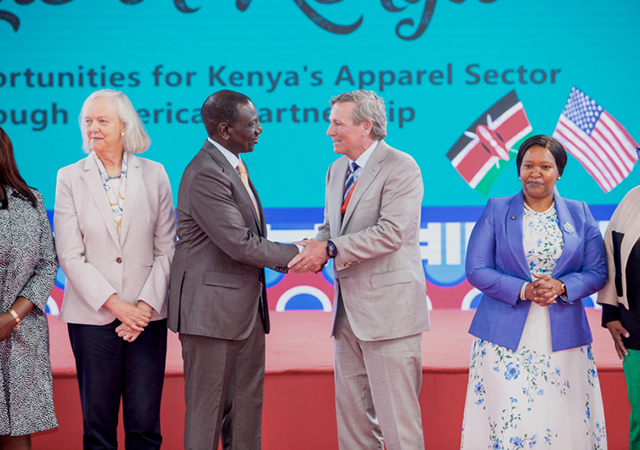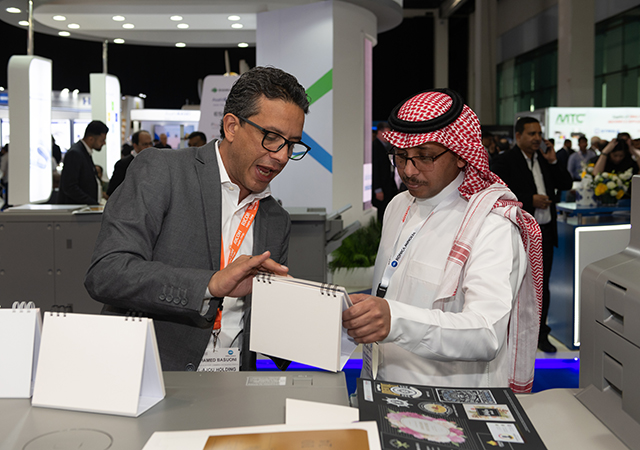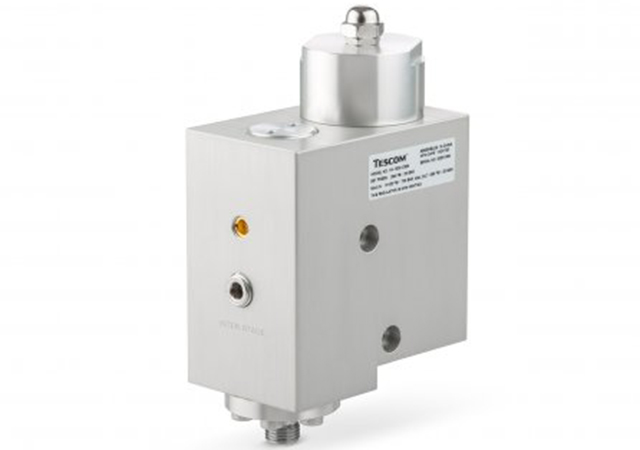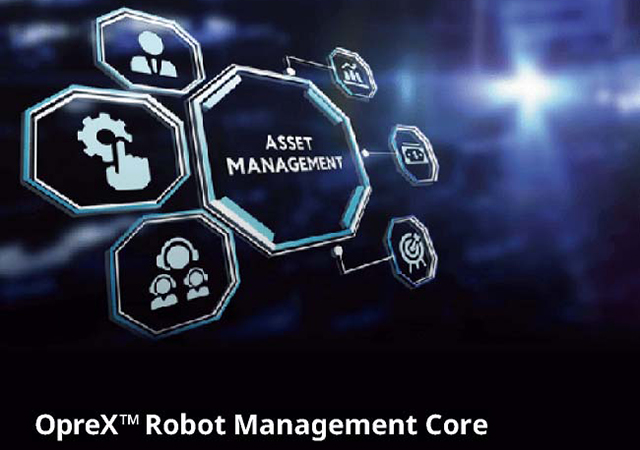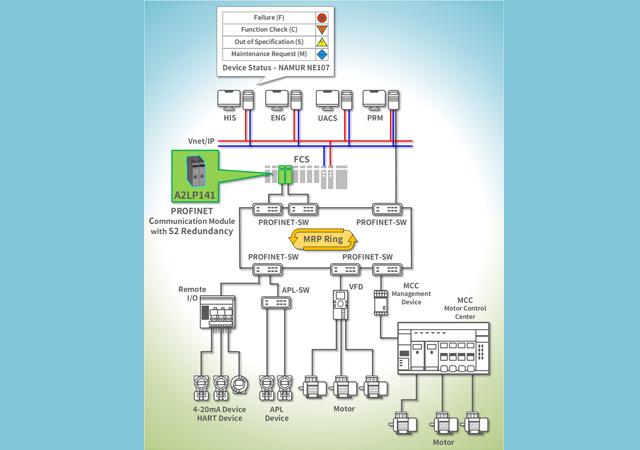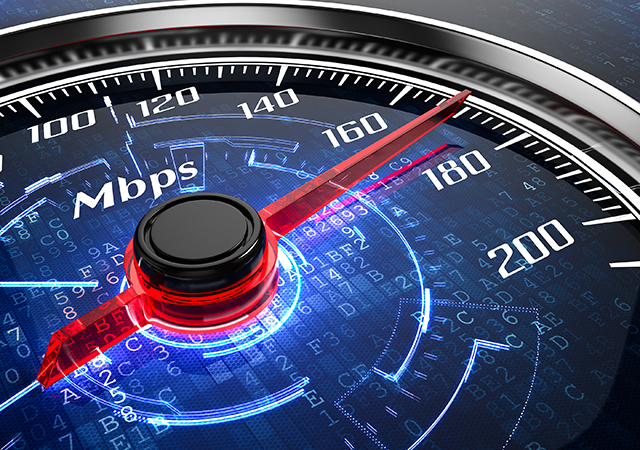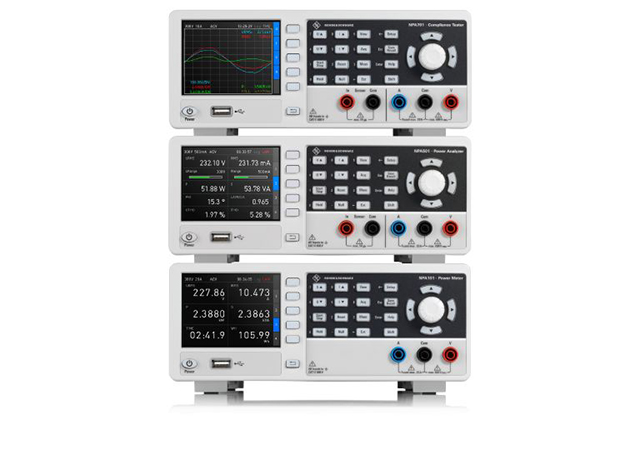
PureCycle Technologies has successfully completed purified waste carpet from its Feedstock Evaluation Unit (FEU), transforming discarded carpet into clear, odourless, ultra-pure polypropylene (UPRP) resin through its proprietary plastics recycling technology, developed and invented by Procter & Gamble.
The successful scaling of the technology unlocks the value for a wide range of waste polypropylene (PP) that can be restored to its original virgin-like condition. This technology will result in a substantial increase in demand for waste PP and will help to provide alternatives to landfilling and exporting plastic waste, the company said in a statement.
The FEU is the first of two phases for PureCycle’s plant in Hanging Rock, Ohio. The second phase, which will come online in the summer of 2021, will process 119 million pounds of waste PP each year. The plant is expected to produce over 105 million pounds of virgin-like PP per year, which will be used in consumer goods packaging, home furnishings and other applications that currently have very limited recycled PP options today. PureCycle is also working towards submitting for a letter of non-object from the FDA for our ultra-pure recycled polypropylene to be used in food grade applications.
“There is an overwhelming demand for high-quality recycled polypropylene, and this milestone is a huge step for us–and the industry–toward addressing a growing market that is demanding recycled applications,” said Mike Otworth, CEO of PureCycle Technologies. “This achievement not only proves the technology at scale, but also builds on the momentum of the business as we move closer towards scaling operations beyond our first plant.”
The development of the technology began when P&G was looking for more ways to incorporate additional recycled content into their applications, specifically targeting PP. With limited amounts of rPP available in the market, P&G set out to develop their own process to purify waste polypropylene. This groundbreaking innovation is the heart of PureCycle and continues to be a key initiative for P&G and their goal of reducing petroleum plastic in their packaging by 50 per cent.


